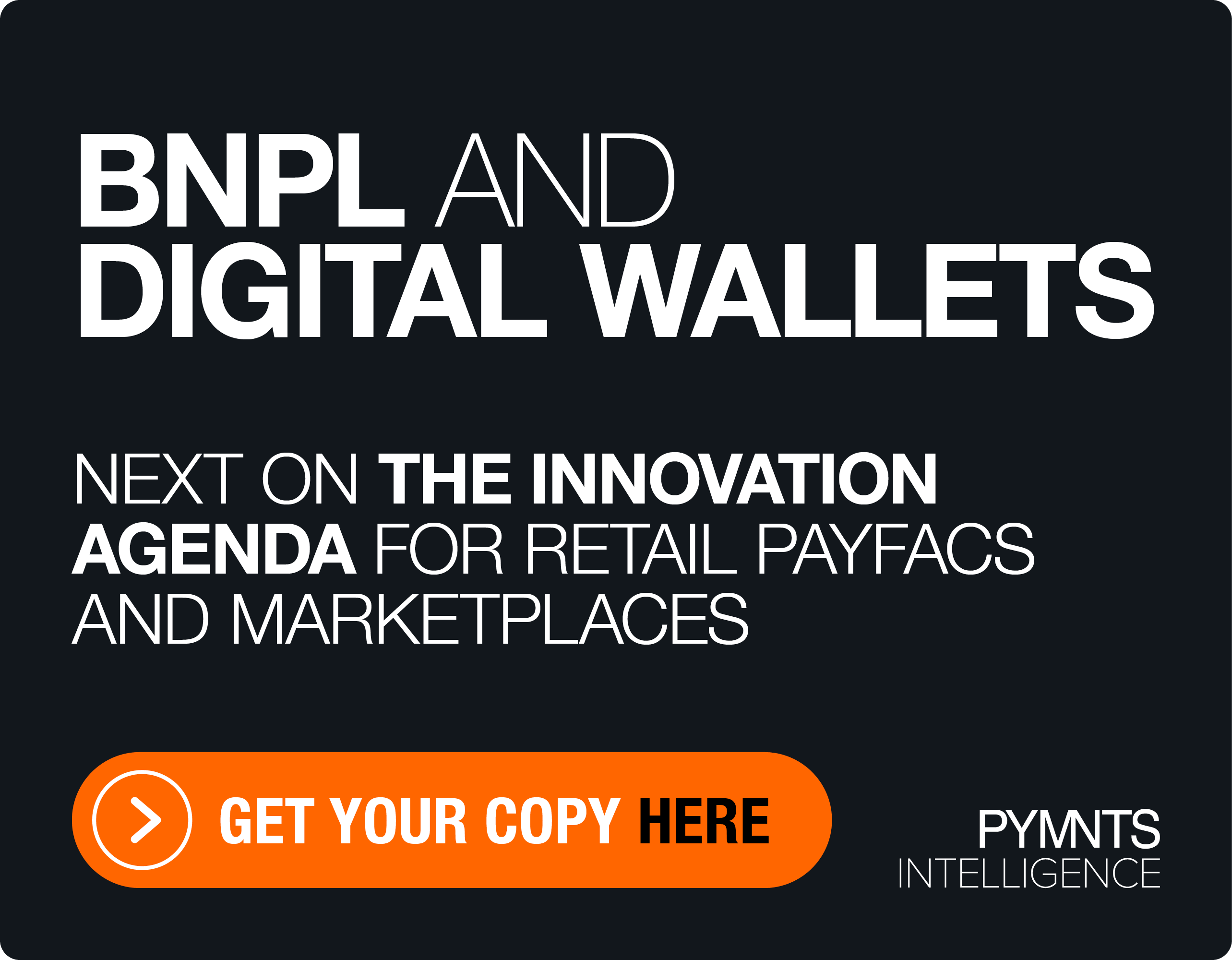More Businesses Turning to ‘Invisible’ Embedded Payments to Enable Growth
It’s been a decade in the making, but with the pandemic, and with 2022 gaining ground on the road ahead, invisible payments are a reality — or will be soon.
Greg Cohen, CEO of Fortis, told PYMNTS’ Karen Webster that as 2021 passes into 2022, that assertion can be backed up and brought to fruition by a number of themes that will play out in the new year and beyond. While it’s partly a matter of technology finally catching up to the hype, it’s also the right time and place coming together to make it all possible.
Among those themes is the fact that commerce can be done anytime, anywhere. The move away from the physical point of sale has been underway for several years, and in 2022, it will ramp up even faster.
Cohen said the past two years, shaped by the pandemic, have set the stage for 2022. Though those long and uncertain months, he said that consumers embraced digital channels to get things done for business, pleasure and day-to-day necessities.
“It’s been interesting to watch the last two years help us jump forward,” he said.
Corporate Buyers are Consumers, Too
“Even in corporate buying,” he said, “the people making these decisions and doing things are individuals and consumers in their day-to-day lives.”
Since those consumers and businesspeople have become comfortable with what they can do on their phones and on their tablets, it follows that there be a migration across the board to digital ways of engagement — for example, through more modern, intuitive back-office software.
However, that migration to digital does not mean that in 2022, people will just keep living life the way they used to, pre-pandemic.
“I won’t stop going to restaurants,” Cohen said. “I still go. But, there are also other modes and mediums.”
Cohen said that the same holds for other businesses, as well as restaurants. There’s room to find new ways to engage with and, in Cohen’s words, “encircle” clients — supporting customers across a wealth of different mediums.
We’re seeing the rise of invoices sent by text message — a markedly different medium than the pre-pandemic ways of making calls, putting paper invoices in the mail and expecting to get a paper check back. Now, buy now, pay later (BNPL) for consumers and point of sale finance, which can include business-to-business (B2B) payments, are just new, tech-driven ways to speed up receivables.
All manner of verticals, even some holdouts clinging to paper-based processes, have found value in digitized lending. Cohen said that no matter what, buyers and sellers want these digital payments and interactions to be invisible regardless of the setting.
“It just kind of happens,” he said, “but they want it to be invisible.”
The aspirational, embedded nature of payments is not just a consumer-facing transformation — those attributes are making inroads into business transactions as well.
Technology Paves the Way
The shift towards embedded payments and the invisible transaction has been aided by technology.
Expanded use of application programming interfaces (APIs) that allow developers to streamline the consumer-facing checkout process all the way through to the back end pulls the data needed to make those payments intuitive. Developer kits for Android and iOS have also made it easier to keep credentials on file to use throughout the mobile ecosystem.
With those credentials on file, Cohen noted, we get to solve a key challenge in commerce — everybody wants to buy, but no one wants to pay. Eliminating the frictions that might be there at the point of payment, and not introducing a new payment instrument, can speed up receivables across the spectrum.
The shift to digital channels to get things done, embedded in platforms and apps, might have been most visible in the restaurant and retail verticals, but other verticals are catching on, Cohen said, pointing to healthcare and education as fast followers.
The swim lanes may have been defined a decade ago, he said, but providers now are playing in one proverbial kiddie pool and now have to pull it all together.
Cohen added that it’s important for a range of provider partnerships to be able to service the buyer after the sale has happened. Enabling quick responses to consumers and enterprises amid their shopping experiences creates a good experience, which leads to increased basket sizes and long-lived customer relationships.
“That’s where we’re seeing the value proposition of more open systems that are allowing third parties to plug into them, to really take the leadership roles and not forcing vendor or a customer down a single path,” he told Webster.
Looking ahead, lagging industries will play some modernization catch up. Cohen expects further mergers and acquisitions in the payments space as companies examining their own tech needs decide to buy rather than build.
Along the way we’ll see more traction in alternative payment methods, in account-to-account (A2A) activity, and BNPL will continue to gain ground. Crypto is a point of interest for corporates, he said, but they’re still kicking the tires a bit, waiting to see the end demand there before deciding that bitcoin and brethren are viable payment choices.
In the meantime, Cohen said of the move toward invisible payments: “We’ve finished the practice rounds, and now it’s time to go play.”
